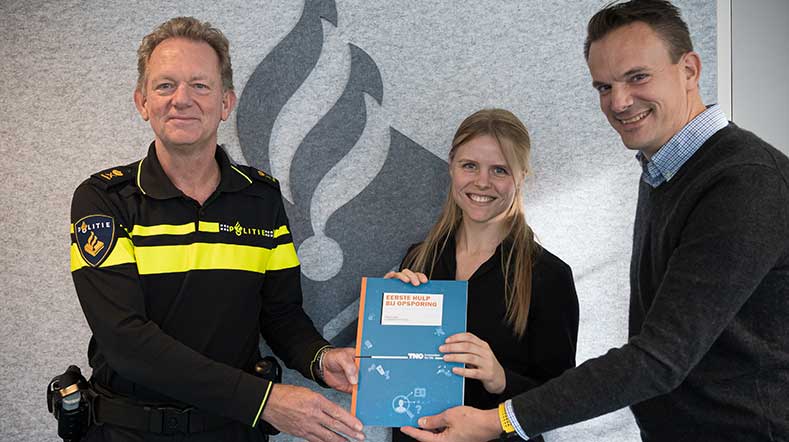Effective, efficient and flexible armed forces
At Human Effectiveness we study how people can overcome self-imposed limitations, which work activities best suit their abilities, and how the interaction between humans and machines can be made easier, Relevant information for our clients in defence and emergency services, but increasingly also for other organisations and companies.
Deception and signature management on land
Download the info sheet 'Deception and signature management on land'.
Simulating real-life conditions
We collect, enrich and model (satellite) data so that our military personnel can be fully prepared for missions. We often use 'virtual and augmented reality'. By linking simulations in a smart way, we create added value in training courses. Simulation training accurately simulates real locations, weather conditions, equipment and manpower. This makes it possible to train for dangerous situations that would otherwise be impracticable, in a completely safe and cost-efficient way.
Experimenting decisively
With the armed forces, we test new concepts in advance in a realistic environment using 'Concept Development through Experimentation' (CD&E). We provide a creative environment in which to experiment with new security concepts, crisis management practices and equipment procurement. Using CD&E, military organisations or companies get maximum return on their business investment.
Perform more effectively
At Human Factors, we study how people overcome limitations, and how work can better suit their abilities. Especially in Defence, people must be prepared to perform in extreme conditions. We are looking into how to make them more motivated and resilient, so that they are able to handle more difficult psychological or physical tasks. Using this knowledge, we can provide early insight into those susceptible to stress or burn-out. We teach people how to deal with stressful events such as violence or trauma. In addition to the Defence, police and emergency services sectors, more and more organisations and companies are making use of our knowledge in this field.
Collaboration between humans and machines
We build simulation models which we program with data on human behaviour and interaction with other systems. For many simulation and analysis applications, these augmentations are especially valuable. We have developed advanced tools for programming realistic behaviours and integration with other systems. Our behavioural and system models can be seamlessly integrated into existing architectures.
Interested in hybrid conflicts?
Do you work in defence or security? Are you interested in the what, why and how of everything hybrid? Download the publication "Hybrid conflicts: The new normal?" by TNO and HCSS.
Get inspired
Royal Netherlands Marechaussee and TNO make progress in knowledge and innovation in the workplace


Resilience and security

GPT-NL boosts Dutch AI autonomy, knowledge, and technology


Cyber security challenges and innovations


Handbook to help with detection


